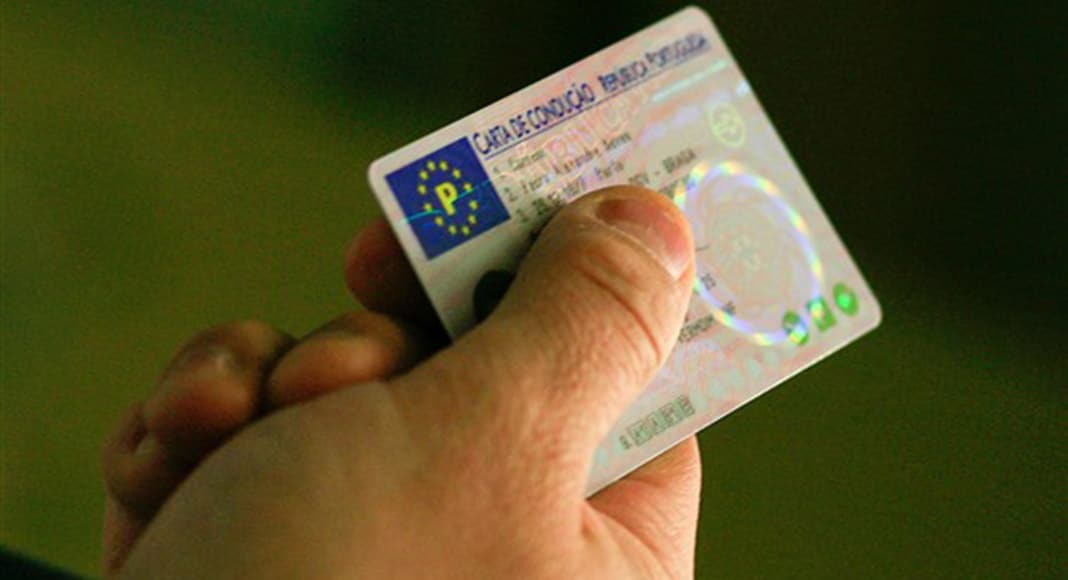Driving License Requirements: A Comprehensive Guide
Getting a driving license is a basic step for many individuals, granting them the ability to run an automobile lawfully and navigate their surroundings more separately. Nevertheless, the requirements for acquiring a driving license can vary significantly from one country or region to another. Understanding Custo Carta De Condução is important for potential chauffeurs. This article will dig into the driving license requirements and detail the typical steps included in acquiring a license, in addition to common concerns and risks to prevent.
Types of Driving Licenses
Before diving into the requirements, it is essential to comprehend the different types of driving licenses typically issued across jurisdictions. These can consist of:
- Learner's Permit: A provisional license allowing new motorists to practice under specific conditions.
- Complete (or Unrestricted) License: The standard driving license permitting the holder to drive individually without constraints.
- Business Driver's License (CDL): Required for drivers operating business vehicles, such as trucks and buses.
- Bike License: A specialized license for running motorcycles.
The particular requirements for these different licenses will vary, however they generally follow comparable structures.
General Requirements for Obtaining a Driving License
Age Requirements
One of the main requirements for getting a driving license is the applicant's age. The majority of jurisdictions set a minimum age for acquiring various kinds of licenses:
| License Type | Minimum Age |
|---|---|
| Learner's Permit | 15-16 years |
| Full License | 18-21 years |
| Industrial License | 18-21 years |
| Motorcycle License | 16-18 years |
Paperwork
When getting a driving license, the candidate must provide a number of crucial documents. Although the specifics can differ, typical paperwork requirements consist of:
- Proof of identity (e.g., passport or birth certificate)
- Proof of residency (e.g., utility expense or lease contract)
- Social Security number or comparable
- Adult permission form (for minors)
- Completion documentation from motorist education courses (if suitable)
Examination Requirements
To get a driving license, applicants typically must pass both a written and a useful driving test. The composed exam tests understanding of traffic laws and safe driving practices, while the useful examination examines driving abilities in genuine traffic circumstances.
Secret Components of a Driving Test
- Written Examination
- Traffic laws
- Road indications
- Safe driving practices
- Practical Driving Test
- Vehicle dealing with
- Obeying traffic signals
- Parking maneuvers
- Browsing through crossways
Fees
Normally, applicants need to also pay a series of fees during the application process, which can incorporate:
- Learner's license fee
- License application cost
- Checking fees
- Renewal fees (for future renewals)
Steps to Obtain a Driving License
The process for acquiring a driving license normally includes the following steps:
- Research Local Requirements: Familiarize oneself with the specific requirements in your jurisdiction.
- Acquire a Learner's Permit: Complete the necessary paperwork and tests to acquire a learner's authorization if applicable.
- Complete Driver's Education: Consider enrolling in a chauffeur education program-- this is typically obligatory for younger candidates.
- Practice Driving: Accumulate the necessary number of monitored driving hours.
- Set up and Pass the Written Exam: Prepare for and pass the composed driving test to obtain the student's or provisionary license.
- Set up and Pass the Practical Driving Test: After meeting the practice requirements, take and pass the useful driving assessment.
- Pay Required Fees: Pay any involved fees for the license.
- Receive the Driving License: Once all steps are completed effectively, the license is issued.
FAQs About Driving License Requirements
Q1: Can I drive with a learner's permit?A1: Yes, but generally you must be accompanied by a certified driver and stick to particular restrictions, such as driving only throughout daylight hours. Q2: What if I fail the driving test?A2: Most jurisdictions allow you to retake the driving test after a waiting duration, though policies may vary, including additional fees. Q3: Are online driving tests available?A3: Some areas might supply online screening choices for the written examination, however it is vital
to check the particular guidelines for your jurisdiction. Q4: How long is a driving license valid?A4: Most driving licenses stand from 4 to 10 years, depending on local regulations, after which they require to be restored.
Q5: Do I need to pass a vision test?A5: Yes, a vision test is usually required as part of the license application process to guarantee that chauffeurs can see effectively.
Comprehending the driving license requirements is
the primary step for anybody aiming to drive legally and safely. By navigating the steps laid out above and guaranteeing that all needed paperwork,
evaluations, and charges remain in order, potential motorists can successfully attain their driving licenses. As constantly, candidates need to inspect their local regulations for the most accurate and comprehensive information. This thorough approach not just benefits the specific however likewise adds to roadway safety for everybody.

